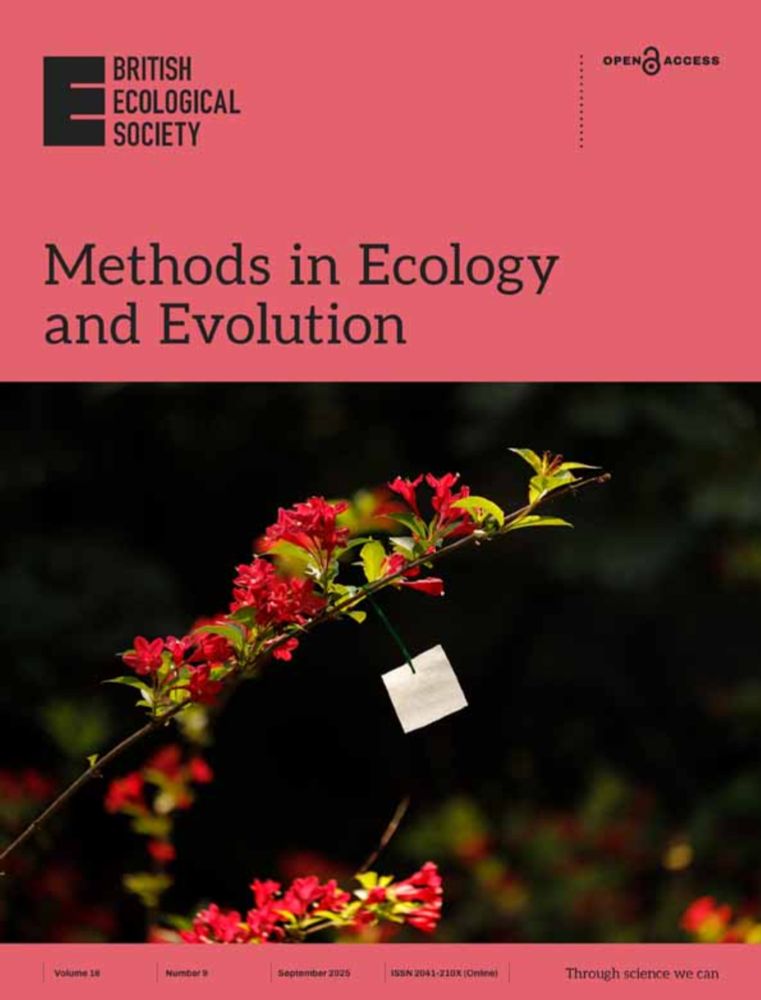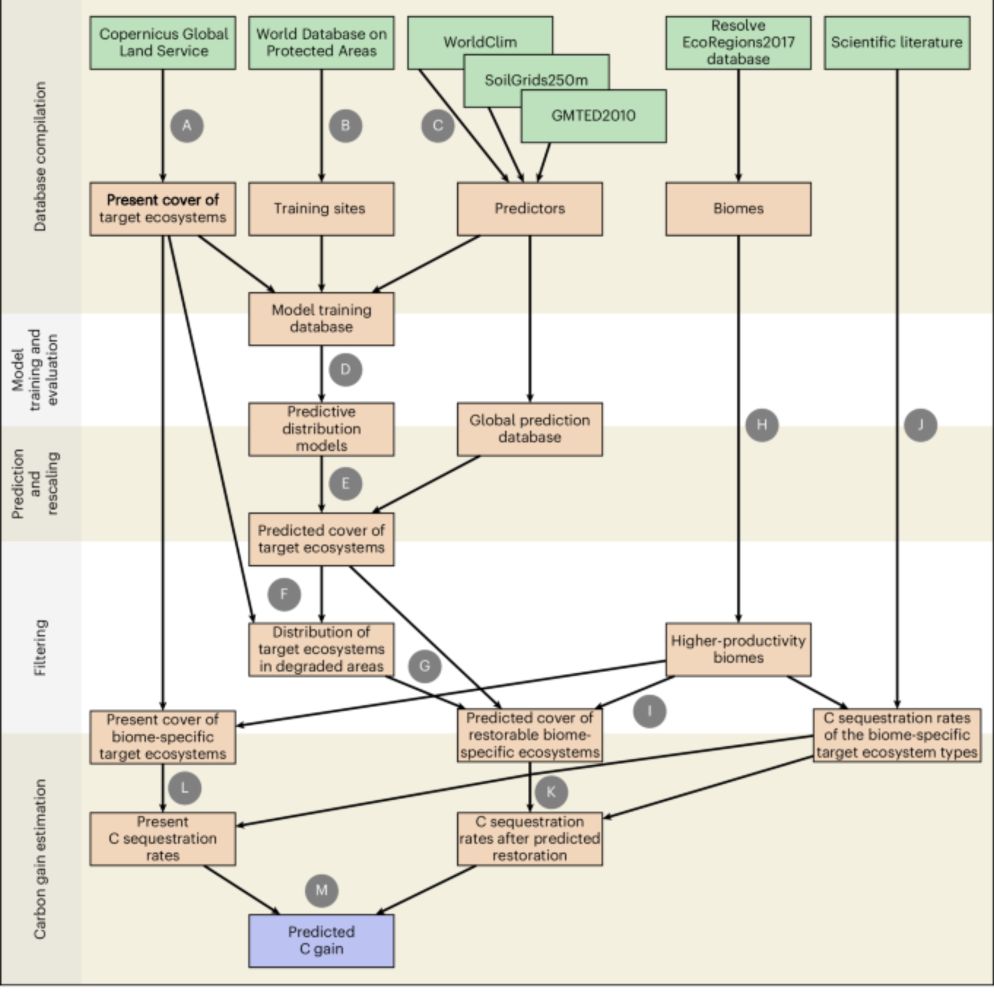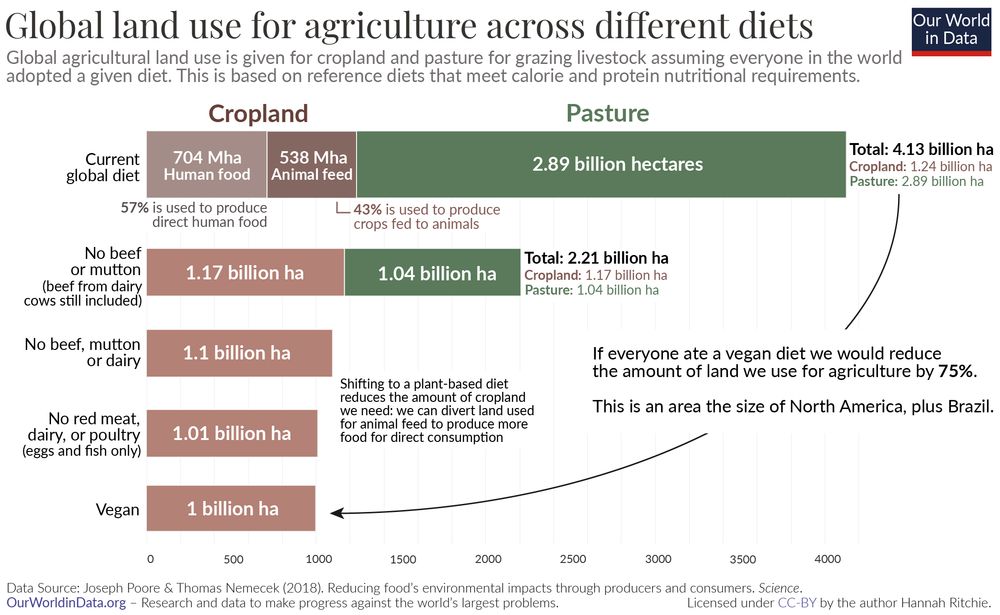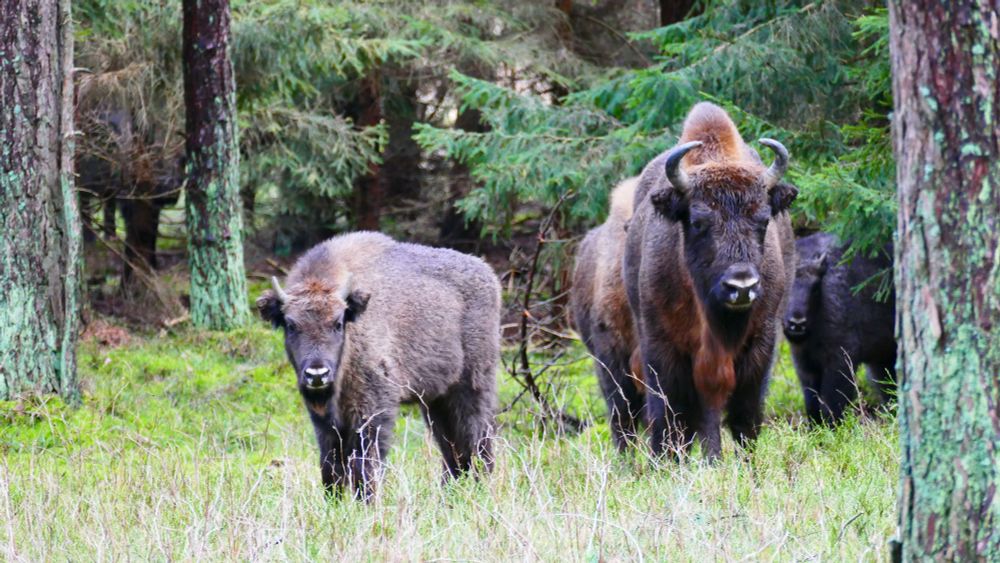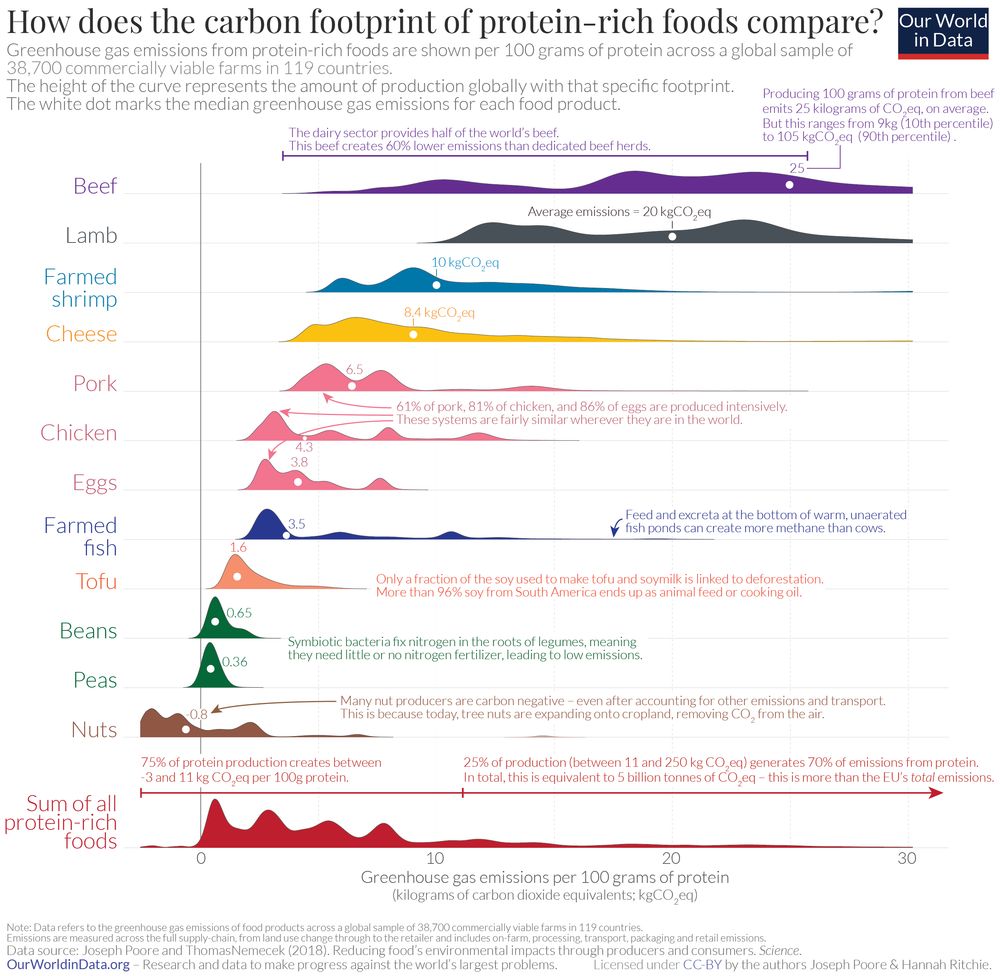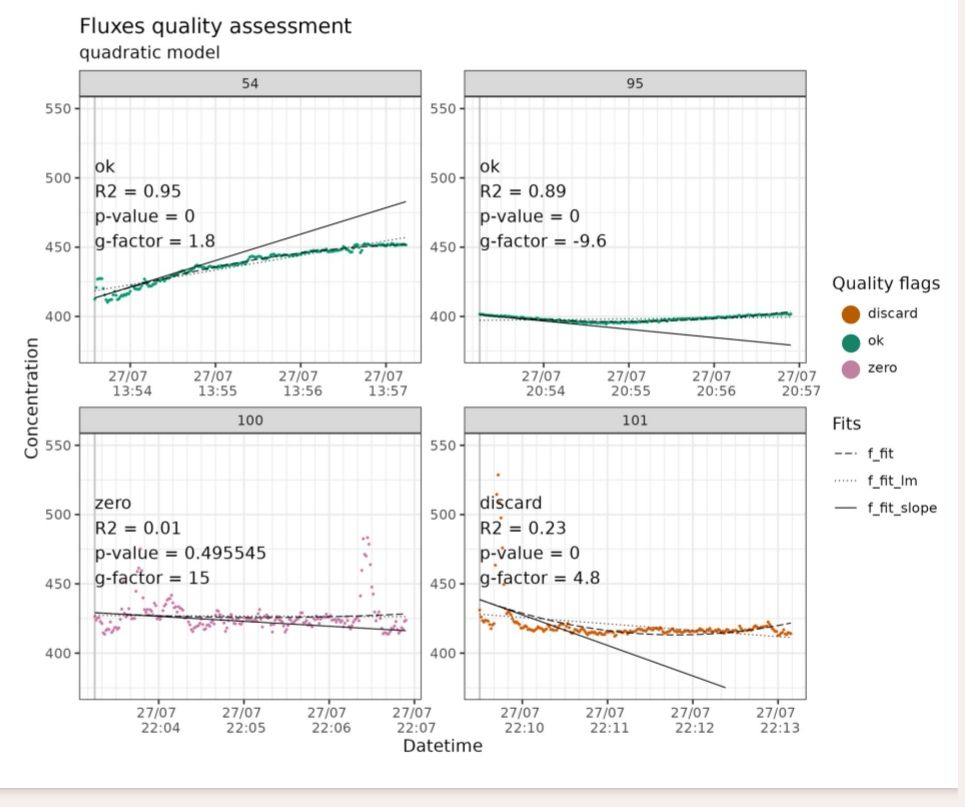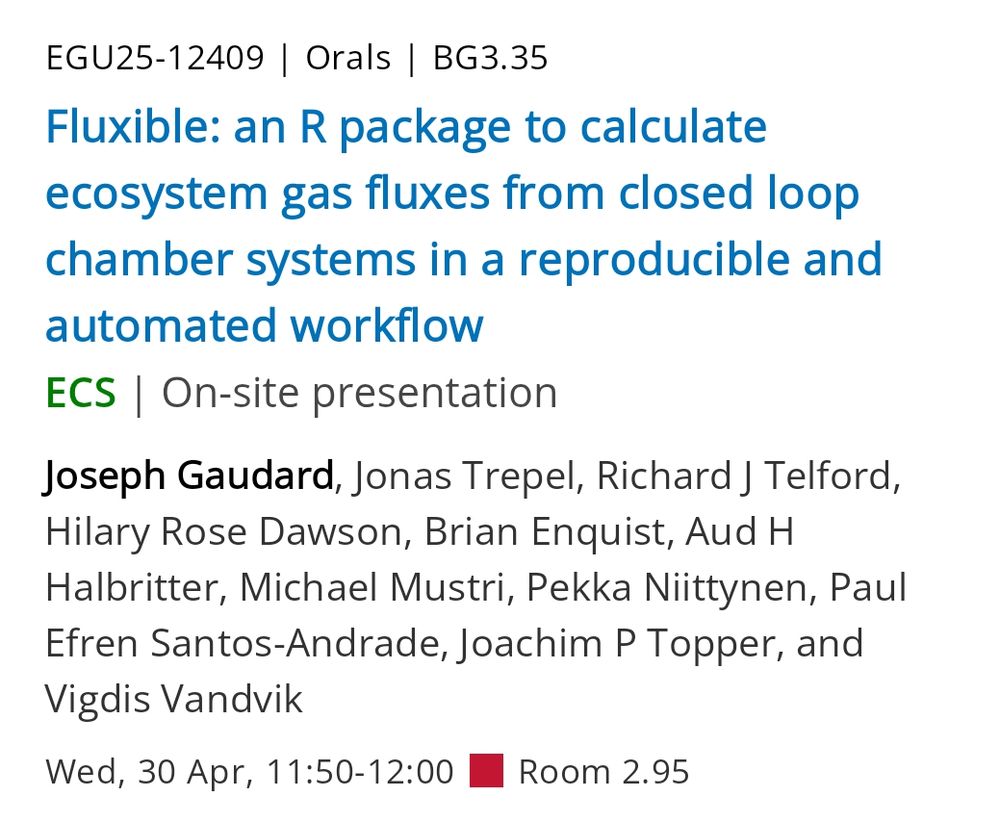Jonas Trepel
@jonastrepel.bsky.social
1.9K followers
450 following
17 posts
Phd student at Aarhus University. Broadly interested in conservation biology, rewilding, megafauna ecology, global change & biodiversity.
Posts
Media
Videos
Starter Packs
Reposted by Jonas Trepel
Reposted by Jonas Trepel
Reposted by Jonas Trepel
Jonas Trepel
@jonastrepel.bsky.social
· Aug 17
Jonas Trepel
@jonastrepel.bsky.social
· Aug 17
Jonas Trepel
@jonastrepel.bsky.social
· Aug 17
Reposted by Jonas Trepel
Meade Krosby
@meadekrosby.bsky.social
· Aug 1
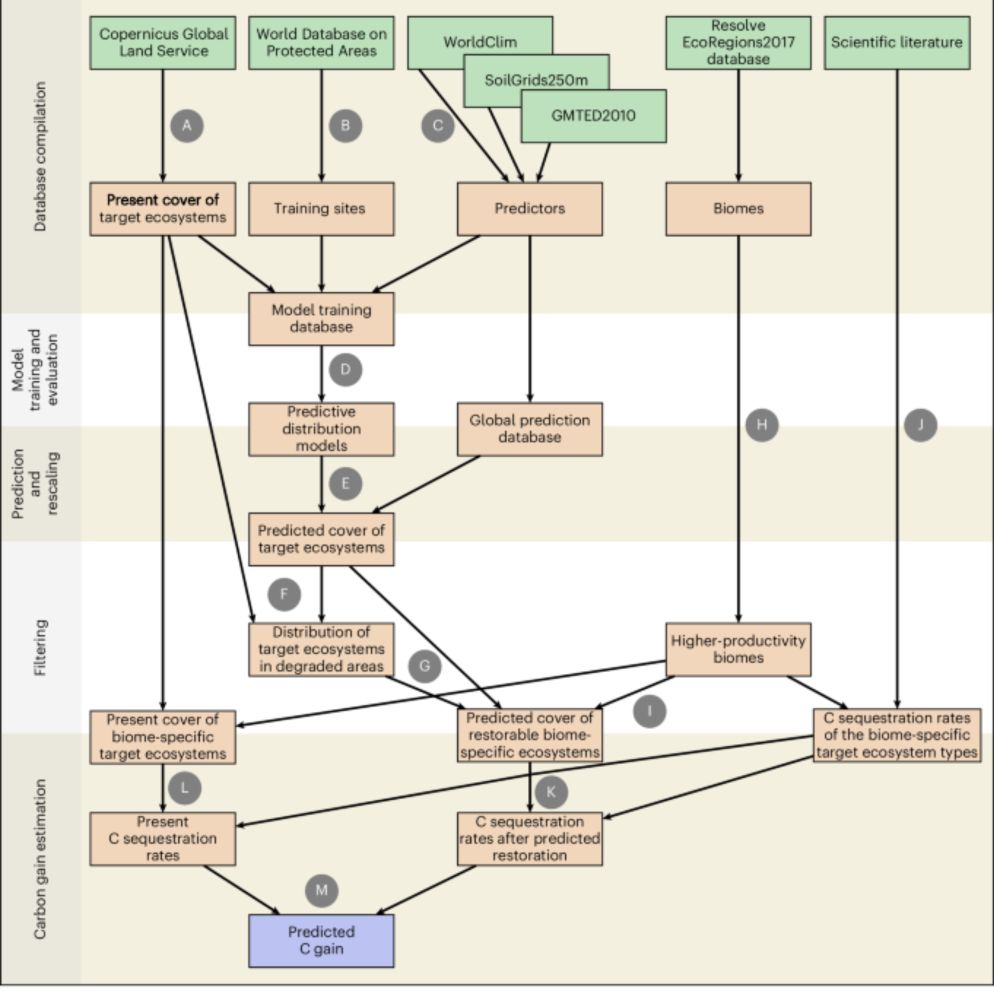
Limited carbon sequestration potential from global ecosystem restoration - Nature Geoscience
The maximum carbon sequestration potential from global terrestrial ecosystem restoration efforts until 2100 is 96.9 Gt, which is equivalent to 3.7–12.0% of anthropogenic emissions until then, accordin...
www.nature.com
Reposted by Jonas Trepel
Reposted by Jonas Trepel
Reposted by Jonas Trepel
Jonas Trepel
@jonastrepel.bsky.social
· Apr 29
Jonas Trepel
@jonastrepel.bsky.social
· Apr 29

From Grasslands to Forblands: Year‐round grazing as a driver of plant diversity
Our results indicate that typical, seasonal grazing may be counterproductive in terms of promoting plant diversity. We found the most effective management strategy for conserving species-rich forb co...
doi.org
Jonas Trepel
@jonastrepel.bsky.social
· Apr 29
Reposted by Jonas Trepel
Reposted by Jonas Trepel

